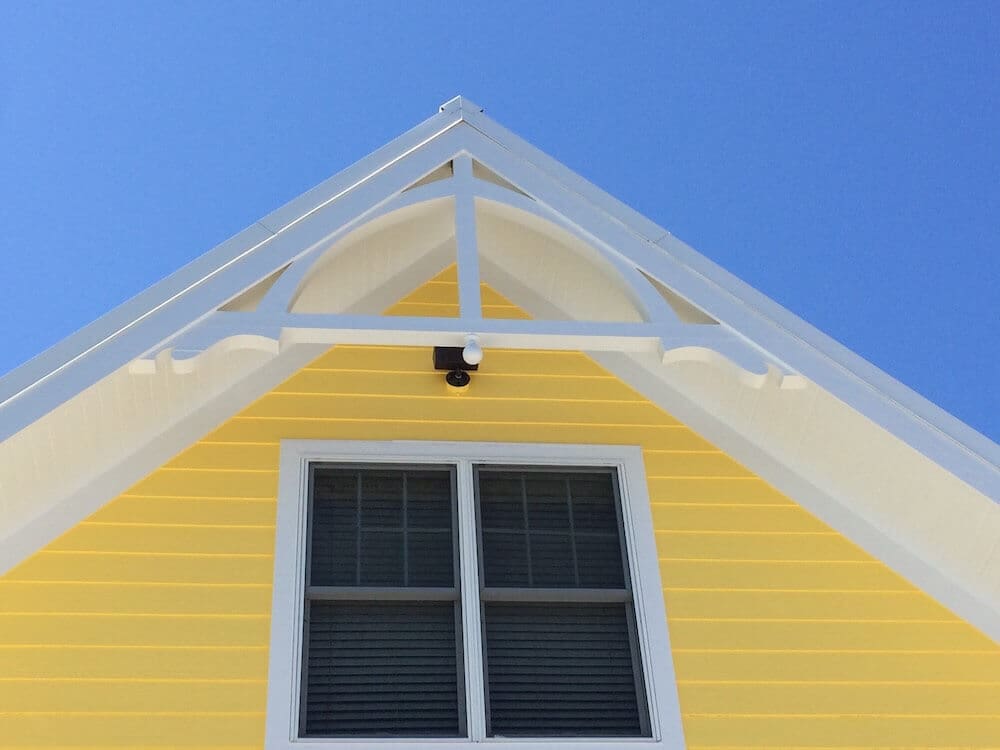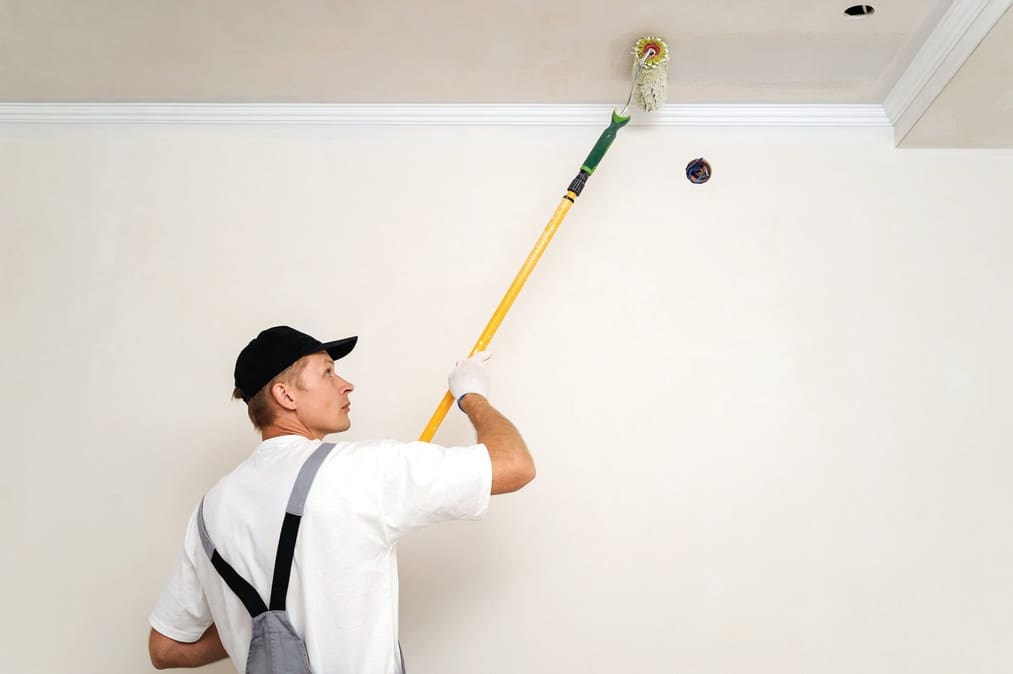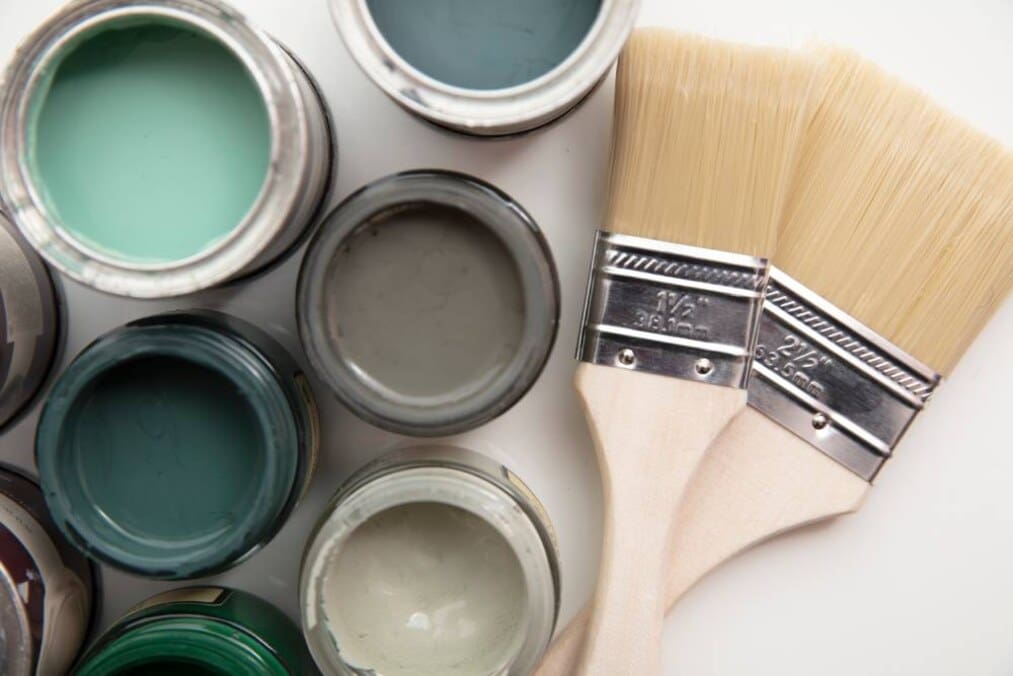
Why Exterior Paint Fails Faster in Coastal New England Homes
Living near the water has its benefits — ocean views, fresh air, and that unmistakable coastal calm. But if you own a home in coastal New England, you already know that these elements can be rough on your exterior.
The salty air, constant moisture, and ever-changing seasons are beautiful in theory but brutal on your siding. These conditions are exactly why exterior paint fails in coastal homes — and why local homeowners often find themselves repainting more often than expected.
Understanding what causes premature paint breakdown in coastal climates can help you make smarter decisions. And with the right materials and a pro who understands regional conditions, your next paint job can hold up longer — and look better while doing it.
Would you like me to continue with the first body section?
Salt Air and Moisture Break Down Paint Faster
If you live near the coast, your home is constantly exposed to salty air and elevated humidity. These elements may feel refreshing, but they wreak havoc on exterior finishes.
Salt particles carried by wind stick to siding, shutters, and trim. Over time, they break down protective coatings and make paint lose adhesion. Once the salt penetrates the surface, paint begins to bubble, peel, or flake — especially when not properly sealed or maintained.
High humidity also prevents surfaces from drying completely. This creates the perfect environment for mildew, mold, and rot to develop underneath compromised paint layers. Moisture trapped between siding and paint leads to blistering and premature failure.
Signs your paint may be damaged by salt and moisture:
- Paint feels sticky or soft in certain areas
- Flaking or bubbling appears around window trim and edges
- Wood beneath the paint starts to feel damp or smells musty
- You see mildew forming on shaded or wind-facing walls
In coastal New England, this type of damage often appears within just a few years — unless a professional uses the right primers, coatings, and sealing techniques from the start.
Freeze/Thaw Cycles Create Cracks and Peeling
New England weather can’t make up its mind — sunny one day, freezing the next. For your home’s exterior, that instability takes a toll.
As temperatures drop, moisture that’s absorbed into siding and trim freezes and expands. Then, as things warm up, it contracts again. This constant cycle stresses the paint film, causing cracks and weakening the bond between paint and surface.
Even high-quality paint can’t withstand repeated movement without help. Over time, small fractures form, letting in more moisture. Once that water gets under the surface, it’s only a matter of time before peeling and flaking start.
Why seasonal shifts damage coastal exteriors faster:
- Homes near the ocean stay damp longer due to higher humidity
- Cold air from the sea accelerates freeze/thaw activity in winter
- Temperature swings between day and night are more extreme in shoulder seasons
Professionally applied paint systems include flexible primers and coatings that help surfaces expand without breaking. But in coastal zones, even that requires routine inspection and touch-ups to stay protected.
UV Exposure Fades Color and Weakens Finish
Living near the coast doesn’t just mean salty air and damp weather. Coastal homes also receive strong, direct sunlight that wears down exterior paint. UV rays break down pigments in paint, causing color to fade much faster than on inland homes.
The sun’s constant exposure also weakens the protective surface of paint. As the finish degrades, the surface becomes chalky and brittle. Once that happens, the paint loses its ability to protect siding, trim, and other exterior surfaces from water and salt intrusion.
Common signs of UV-related paint damage include:
- Noticeable fading or uneven color on sun-facing walls
- A chalky residue that rubs off when you touch painted surfaces
- Glossy finishes turning dull or flat over time
- Increased brittleness that leads to hairline cracks
Certain colors hold up better than others. Light shades, such as whites and pale neutrals, reflect more sunlight and tend to last longer. Darker colors absorb more heat and can break down quicker under coastal UV exposure.
Professional painters select exterior paints formulated with UV-resistant pigments and advanced binders. These specialized products provide stronger protection, helping homes near open water retain their look longer.
Poor Prep and Product Choice Worsen the Problem
Even in the best conditions, paint won’t last if preparation is skipped. In coastal New England, cutting corners makes failure happen much faster.
Surfaces exposed to salt, humidity, and sunlight need thorough cleaning before any new coat is applied. If salt residue, mildew, or chalky paint layers are left behind, new paint struggles to bond. Within months, blisters, peeling, and flaking begin.
The quality of the product matters just as much. Budget paints may look fine at first, but they lack the additives needed to resist harsh weather. Without primers made for damp conditions and topcoats formulated to repel salt and water, the job won’t hold up.
Key mistakes that shorten paint life near the coast include:
- Applying paint over dirty, damp, or chalky siding
- Using interior-grade or low-quality exterior paints outdoors
- Skipping primers that seal against moisture and salt exposure
- Failing to repair cracks or rotten boards before painting
Professionals address these issues with specialized products and proven techniques. They use marine-grade primers, elastomeric sealants, and exterior paints engineered for coastal climates. This added care means the difference between repainting every few years or enjoying a finish that lasts.
Smart Protection for Coastal Homes
Living along New England’s coastline means embracing the beauty of ocean air — and accepting its challenges. Unfortunately, salt spray, moisture, freeze/thaw cycles, and UV rays all work together to wear paint down faster than many homeowners expect. Add in poor prep or low-quality products, and even a fresh paint job can fail long before its time.
Here’s the takeaway:
- Salt and humidity break down protective coatings and invite mildew and rot.
- Seasonal freeze/thaw cycles crack and weaken paint films, leading to peeling.
- Strong sunlight fades pigments and degrades finishes at a rapid pace.
- Poor preparation or cheap products can cut paint life in half.
The good news? Coastal homeowners don’t need to repaint every few years if the right materials and methods are used. A professional painter with coastal experience knows how to choose primers, coatings, and finishes that fight back against these conditions.
If your home’s exterior is already showing early signs of failure, now is the time to act. Scheduling a professional evaluation helps catch damage before it spreads — saving you from larger repairs and giving your home long-lasting protection that’s designed for the coast.






